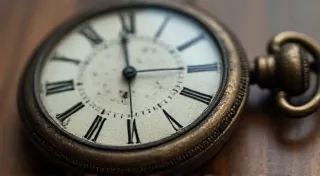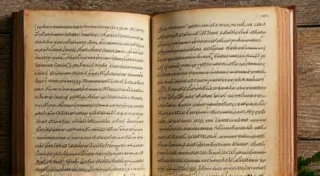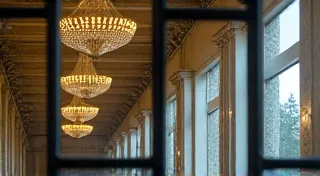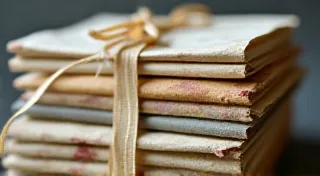The Cartographer's Map: Identifying Regional Variations in Antique Accordion Design
There's a certain magic in holding an antique accordion. Not just the mechanical wonder of its bellows and keys, but the echo of a life lived, a melody carried across continents, and a testament to the enduring human desire to create music. These instruments aren't simply tools; they're time capsules, each one whispering stories of the makers and players who held them before. For those of us drawn to the world of antique accordions, that understanding is deepened by appreciating the subtle, yet significant, differences shaped by geography and history – a cartographer's map revealing the distinct identities of Italian, German, and American-made instruments.
My own fascination began with a small, brown-furred box accordion I found tucked away in my grandfather’s attic. It was Italian, likely from the early 20th century, a simple diatonically-tuned instrument. The leather was cracked, the reeds silent, but the scent of aged wood and a faint memory of a waltz clung to it. That single instrument unlocked a passion, a desire to understand not just how it worked, but *where* it came from, and why it looked the way it did.
The Italian Legacy: Artistry and Compact Elegance
The Italian accordion tradition is deeply interwoven with the country’s vibrant folk music scene. From the bustling marketplaces of Naples to the rolling hills of Tuscany, the accordion became a ubiquitous instrument, driving dances and celebrations. Early Italian accordions often prioritized compactness. Due to the instrument's role in traveling musicians’ lives, portability was key. You’re likely to find smaller reed pans, often featuring a single, narrow bass side. The bellows were frequently crafted from sharkskin or fish leather, a readily available and durable material. Decoration, however, wasn’s sacrificed. Intricate carvings and inlaid mother-of-pearl were common, reflecting the Italian penchant for beauty and craftsmanship. Think of the “box” accordions, smaller than their German counterparts, often adorned with hand-painted scenes of pastoral life.
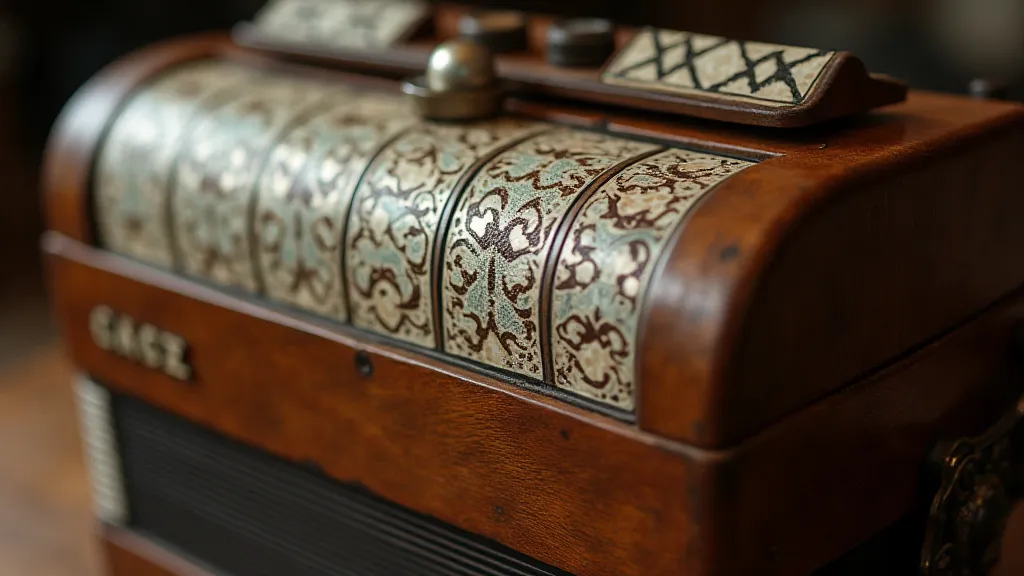
The prominence of diatonic accordions in Italy is also significant. These instruments, capable of playing in one key unless manipulated, perfectly suited the folk tunes of the region, often relying on improvisational techniques and unique playing styles. Restoring an Italian accordion requires a respect for this heritage; preserving the original tuning and decoration, even with its imperfections, is a tribute to the instrument’s cultural significance.
German Precision: Engineering and Scale
While Italy celebrated the accordion’s decorative possibilities, Germany approached the instrument with a focus on engineering precision. German accordion makers were pioneers in chromatic design, developing mechanisms that allowed for playing in all keys. This innovation aligned with the growing popularity of more complex musical forms, such as waltzes and polkas. German accordions are generally larger and heavier than their Italian counterparts, reflecting the use of more robust materials and more complex internal mechanisms. The reeds, too, are often more substantial, producing a fuller, richer tone.
Early German accordion designs often emphasized functionality. Decoration was present, but less flamboyant than in Italy. The focus was on solid construction and reliable performance. Look for sturdy bass buttons, well-defined reed chambers, and a generally more angular aesthetic. The construction of the German bassoon-style register system, a mechanism introducing different tones with the push of a button, became a defining characteristic and remains a complex restoration challenge for modern restorers.
The scale of German accordions also reflects a different role. These were instruments often used in orchestras and concert halls, meant to be heard over a wider range of instruments. Restoring a German accordion necessitates a careful understanding of its mechanical complexity. The bellows, often requiring extensive repair or replacement, are crucial to the instrument's performance, and the intricate mechanisms controlling the chromatic keys demand a delicate touch.
American Adaptations: Innovation and Hybridity
The American accordion story is one of adaptation and innovation. Immigrant communities from Italy and Germany brought their instruments and musical traditions to the United States, and American manufacturers quickly began to produce their own accordions, often blending design elements from both European traditions. Early American accordions were heavily influenced by Italian designs, particularly the box accordion, but American manufacturers gradually began to introduce their own innovations, such as improved bellows construction and more robust reed chambers. The desire to cater to the burgeoning polka scene in the Midwest, and later the rise of Cajun and Tex-Mex music in the South, significantly shaped the evolution of the American accordion.
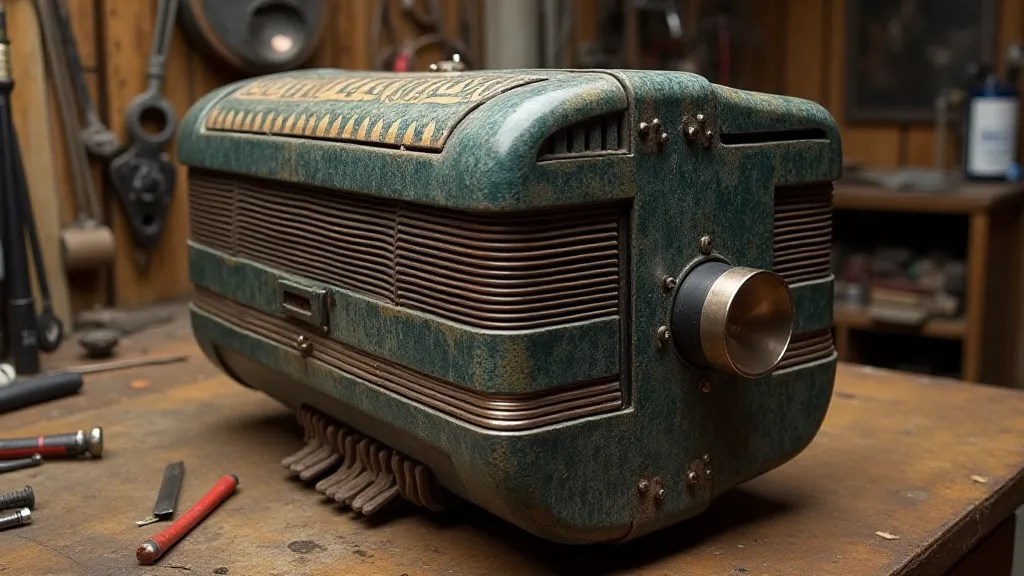
American-made accordions often showcase a hybrid aesthetic, combining the compact size and decorative flair of Italian accordions with the robust construction and chromatic features of German designs. You’re likely to find instruments featuring both sharkskin and fabric bellows, and a mix of hand-painted scenes and simpler, machine-stamped decorations. The development of lighter-weight, more portable instruments became important, reflecting the needs of travelling musicians and the changing musical landscape.
Restoring an American accordion can present unique challenges, as the design elements are often a combination of different influences. Identifying the manufacturer and the period of production can be crucial to understanding the instrument's specific characteristics and ensuring an authentic restoration.
The Echo of the Maker
Ultimately, the cartographer’s map of antique accordion design isn’s just about identifying geographic origins; it's about appreciating the human ingenuity and cultural influences that shaped these remarkable instruments. Each detail – the curve of a bass button, the grain of the wood, the placement of a single decorative pearl – tells a story. Recognizing these subtle differences enhances our appreciation for the artistry and craftsmanship that went into creating each accordion, and provides a deeper understanding of the music it helped create. When you carefully restore an antique accordion, you’re not merely repairing an object; you’re preserving a piece of history, a connection to the makers and players who brought its music to life.
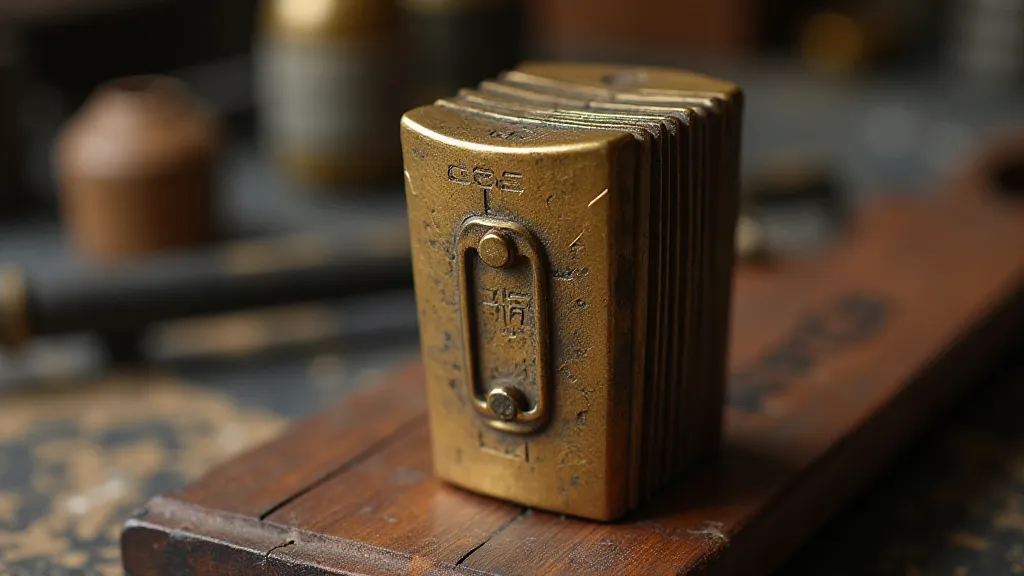
The next time you handle an antique accordion, take a moment to consider its origins. Trace the lines of its design, listen for the echoes of its history, and appreciate the journey it has taken. You might be surprised at what you discover.
